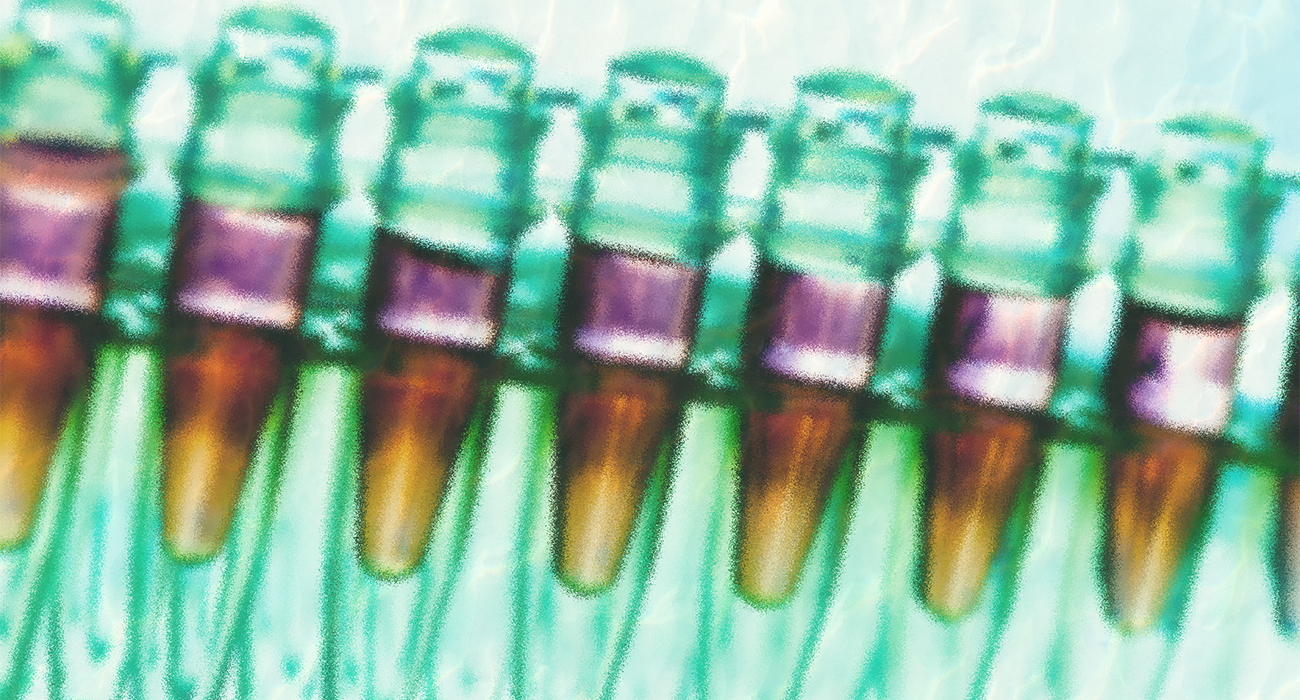As the cell and gene industry continues to grow manufacturers must determine where it is – and is not – acceptable to take cost savings measures to improve the affordability of these treatments.
Cell and gene therapies include a staggering number of potential applications to cure disease, repair injuries and improve the lives of countless people around the world. Some, such as regenerative medicine, create a custom treatment for the recipient using their individual cells to heal or repair damaged tissue. Based on a May report, the global regenerative medicine market is expected to grow by double digits through 2025. With this level of growth and the extremely high value of each treatment, manufacturers must determine where it is – and is not – acceptable to take cost savings measures to improve the affordability of these treatments.
If we eliminate the manufacturing process from the list of options for cost savings, the next logical expense to consider is shipping. If you’re reading this, you know by now that I’m a packaging expert. That doesn’t mean I won’t encourage you to shop for the best price or even recommend a lower cost solution when it makes sense. What I will never do is suggest that you risk the value of your payload to save a few dollars on a solution that is not capable of ensuring safe delivery.
That said, let’s consider the shipping costs for regenerative medicine. Step one is to harvest or procure the necessary stem cells to design the treatment. That means extracting them from the patient or purchasing them from a mesenchymal stem cell (MSC) producer. Next is the manufacturing process and finally the treatment is delivered to the patient. The manufacturing process itself happens outside of the treatment facility requiring shipping on the front and back end of the process. As you can imagine, these shipments are extremely time and temperature-sensitive and require increased protection in transit.
I’m going to break down the costs for you using completely invented round numbers to provide perspective and easy math. Let’s start at the beginning with an MSC provider shipping cells to a regenerative medicine treatment manufacturer valued at $10,000. This MSC has a choice between:
- A top of the line box with superior vacuum insulated panels (VIP) qualified to maintain -80°C for 120+ hours at a cost of $200
- A foam box filled with frozen gel packs that will keep products at a temperature below freezing for approximately 48 hours at a cost of $40
They intend to ship the package by air overnight to the recipient 3,000 miles away at a cost of $200. What they don’t realize is that the office they’re shipping to is on a summer work schedule and is closed on Friday. It’s Thursday. The package of MSC will be delivered and left outside in the heat for 72 hours.
Now to the true costs.
Option 1: If the MSC provider used the higher quality shipper, the cells will remain protected and frozen until the recipients arrive at the office on Monday morning.
Total cost of shipping: $400 (packaging solution + transport)
Option 2: Using the lower performing shipping solution will result in complete spoilage of the cells. Now the MSC provider must send a new shipment of cells to their regenerative medicine client and hope they don’t experience additional delays in shipping using the same solution.
Total cost of shipping: $10,480 (lost product + 2 packaging solutions + 2 transports)
These types of excursions are common with less advanced shipping solutions because they are not designed to withstand ambient temperatures beyond the standard shipping duration. This may be perfectly acceptable if the value of the product inside the box is less than or equal to the cost of the shipper itself. But that simply will never be the case in any portion of the cell and gene industry.
In fact, some therapies are so valuable that some customers want end-to-end real-time tracking to provide data during shipments that will allow them to react to significant unexpected delays.
At the beginning of this I said manufacturers must determine where it is – and is not – acceptable to take cost savings measures. I hope I’ve demonstrated that packaging solutions definitely fall into the ‘is not acceptable’ category. This is one area where spending a little extra will prevent lost product, will help you keep clients and most importantly – help improve the lives of patients who need these therapies.

